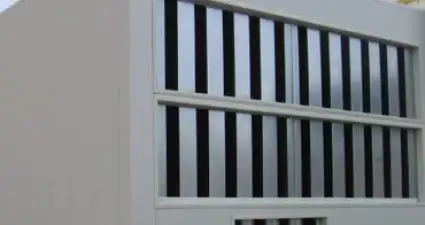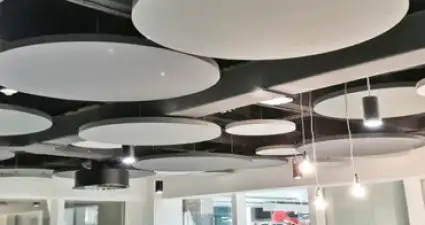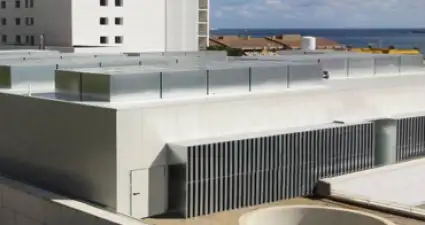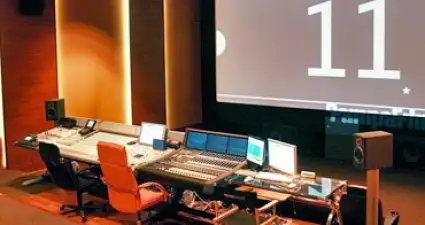Absorbent acoustic treatment in a rehearsal room
This is a Music Society. On the 1st floor of the building is the enclosure that we are going to study by means of a previous acoustic study. This will allow us to determine the initial characteristics of the enclosure, and will enable us to determine the deviation of the acoustic characteristics from those recommended for this type of room.
Recently the roof of the building (hall roof) has been changed. Although before this action, the acoustic conditions were not the most suitable, after this modification the discomfort from the reverberant noise generated inside the room has increased even more.
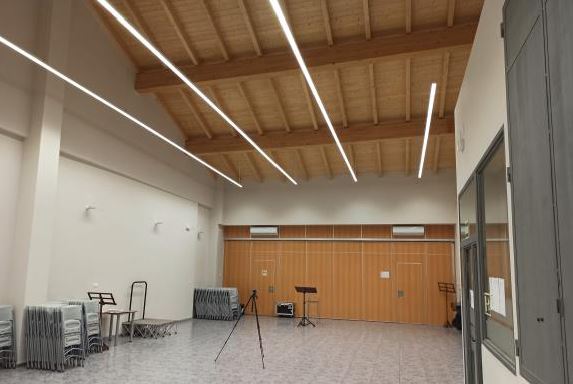
The main rehearsal room, defined in the following plan as room 1, has a useful area of 135.42 m2. Almost rectangular in shape, it has a gabled roof with a height of 5.2 metres at the ends and 7.5 metres in the centre, for a volume of approximately 924 m3. The materials that make up the finishing surfaces of the enclosure are, in general, highly sound reflective.These are defined below:
- Floor: ceramic tiles.
- Walls: Ceramic brick, plastered. On one of the short walls, melamine type screen.
- Roof: Continuous wooden slats.
- Carpentry: varnished wood, melamine, and glass
- Furniture: Scarce with low percentage of upholstery.
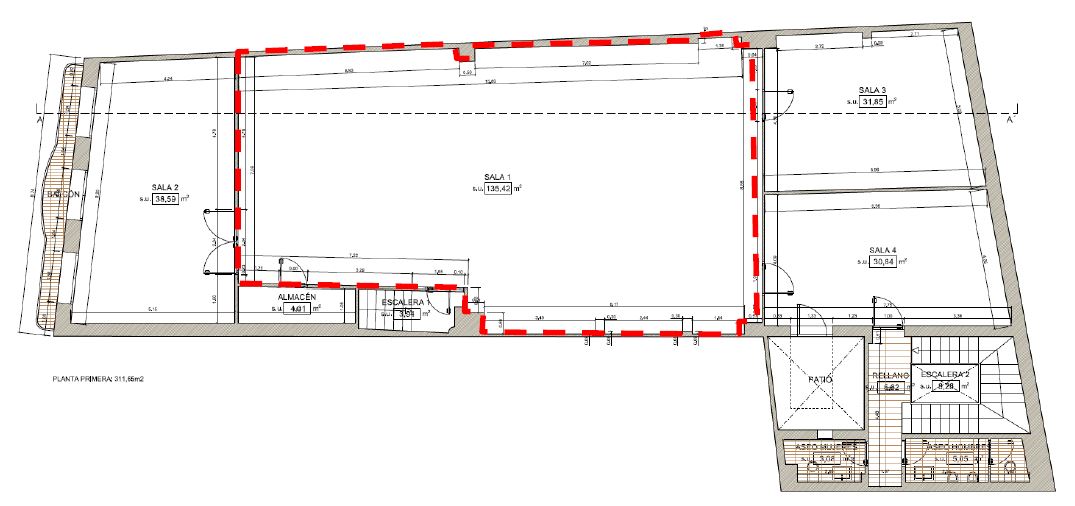
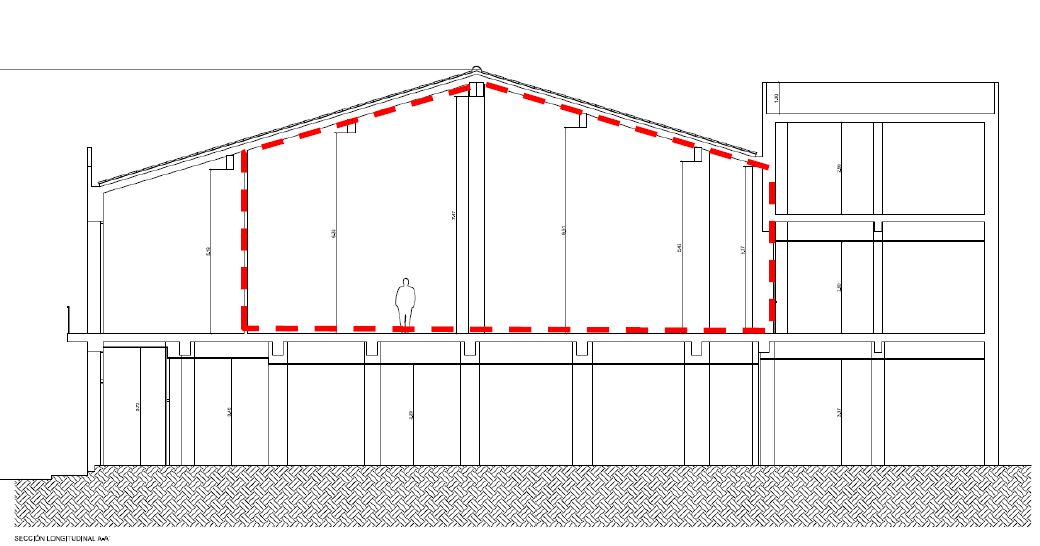
The desired RT value depends on the intended use of the room (speech or music) and its volume. In this case, with an approximate volume of 924 m3, the desired RTmid in the case of music will be about 1.35 seconds. It should be taken into account that this value is recommended for rooms intended for music listening. In this case, as it is a rehearsal room, the value could be lower.
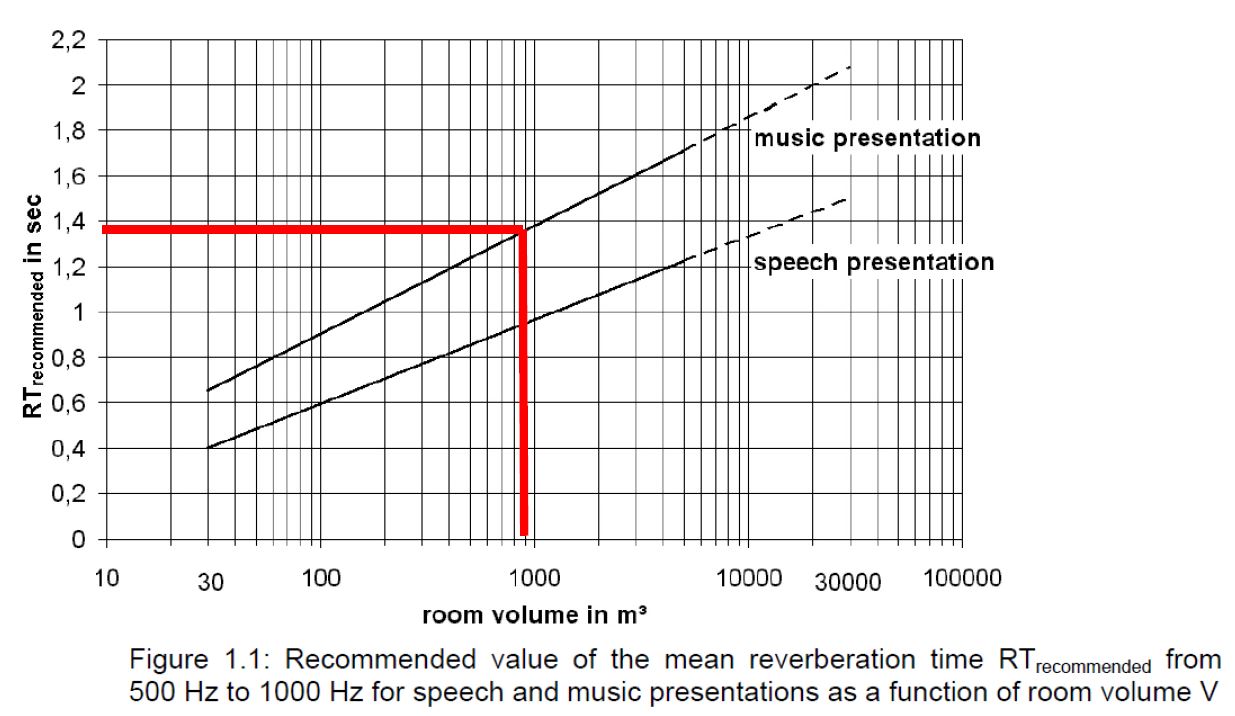
We proceeded to make the reverberation time measurements of the room according to the standard methods, and the results gave the following values:
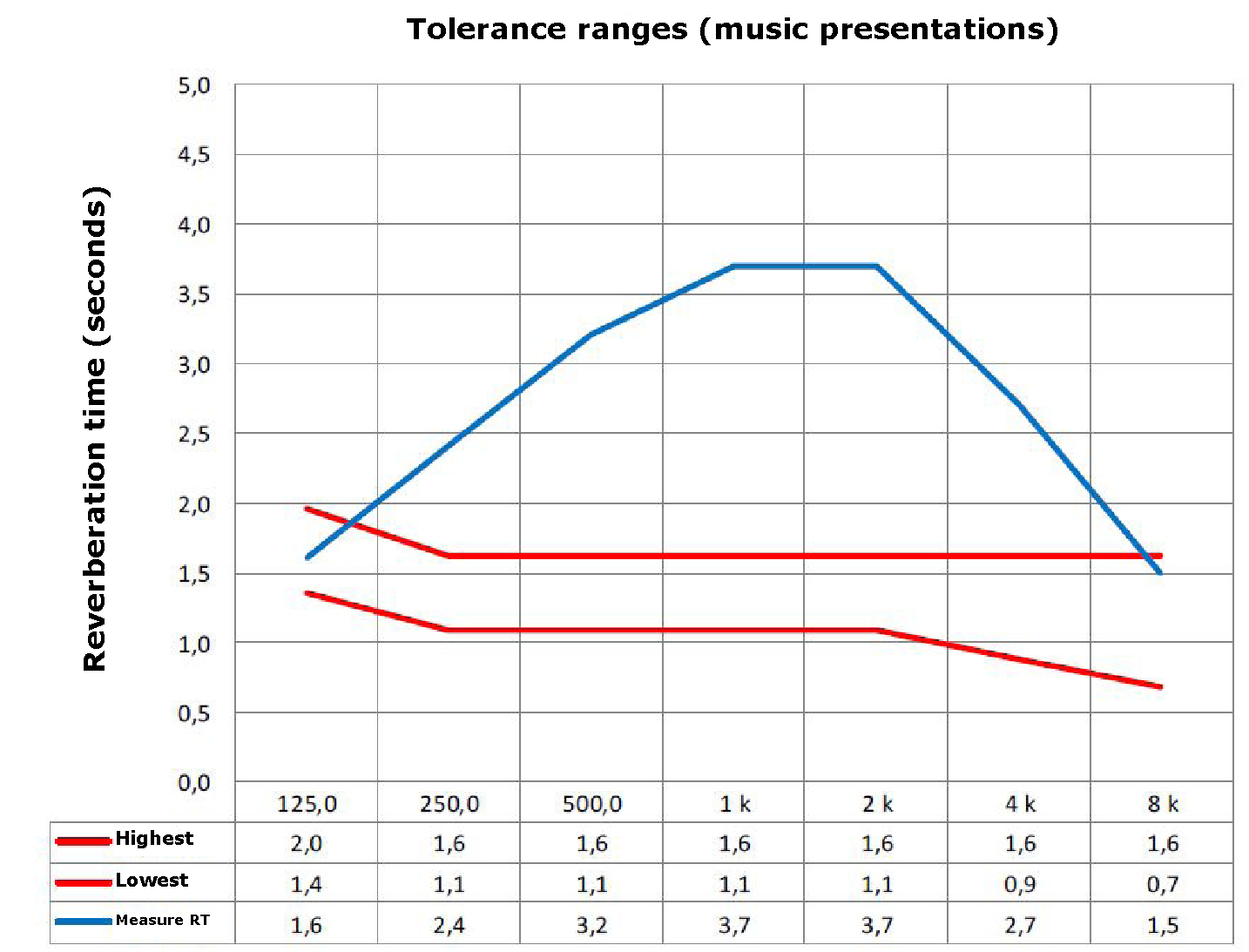
Initially, the average reverberation time in the room has a value of RTmid=3.5 seconds, far from the recommended value for music (RTmid=1.3 seconds). The times obtained at the different frequencies are too high ("very lively room") which is detrimental to the development of the activity. Conditioning solutions must therefore be studied to correct this problem.
In order to estimate the acoustic materials needed to correct the reverberation curve, we prepared a 3D model of the room that allows us to evaluate the acoustic corrections properly and accurately.
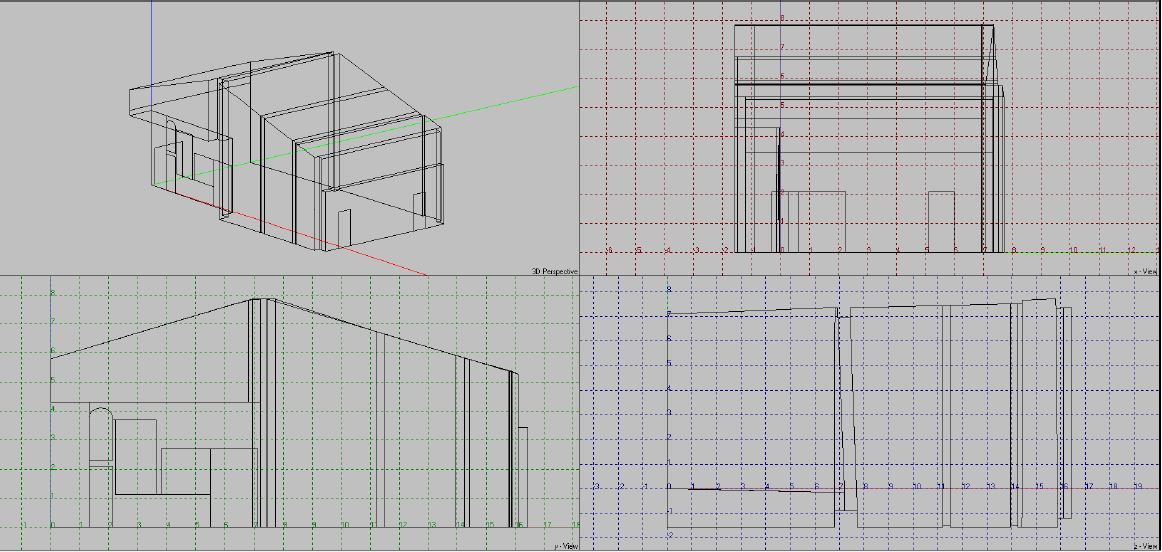
From the geometric model, we prepared the acoustic model by assigning the absorbing characteristics of each of the materials that make up the enclosure, which allows us to adjust the theoretical model to the real model in terms of the reverberation time that has been measured (model calibration). Based on these values, we draw up a solution plan with the acoustic materials in our catalogue, arriving at the optimum solution that we see in the following image:
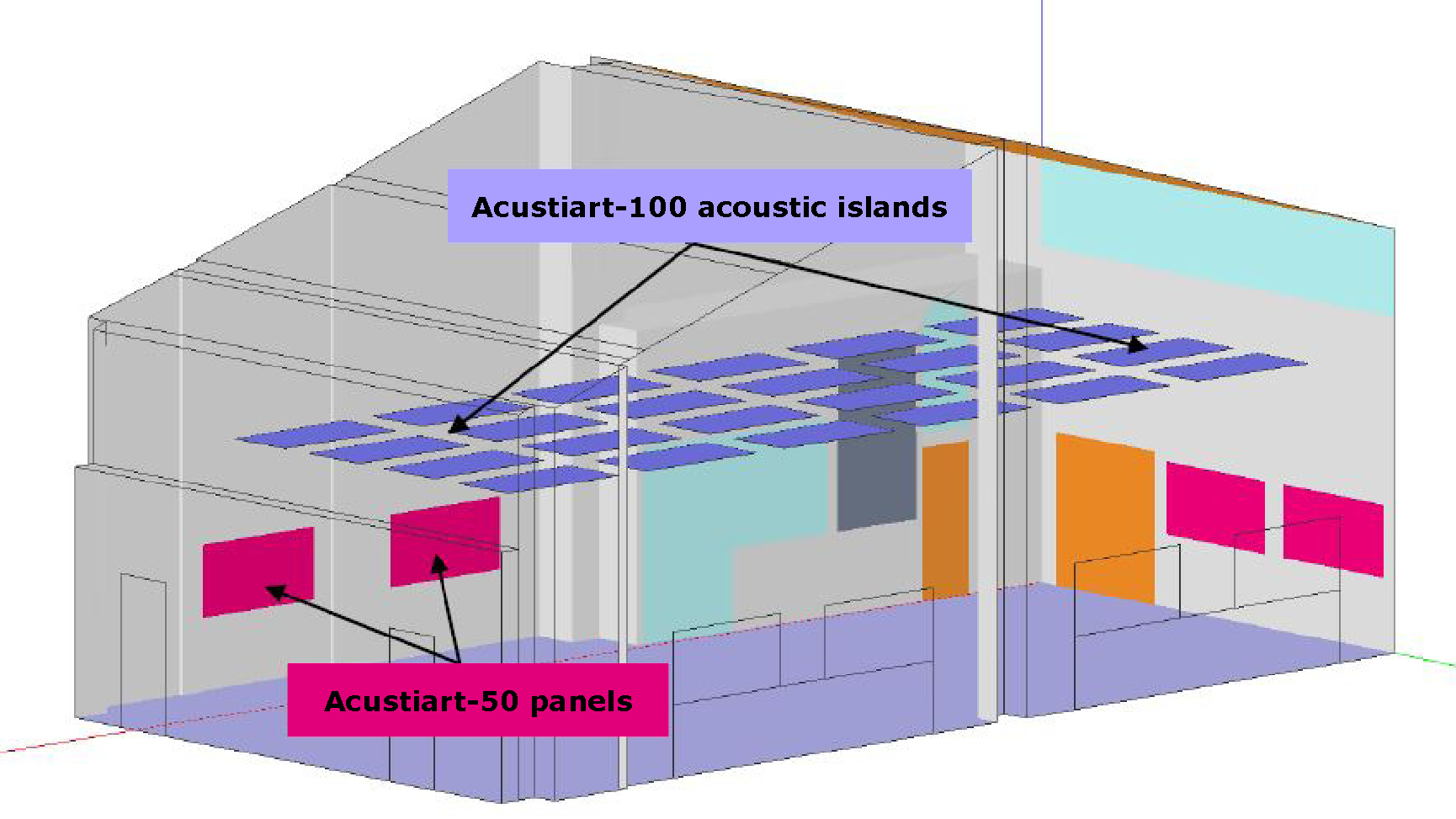
From the proposed acoustic treatments, we obtain the following results from the theoretical model:
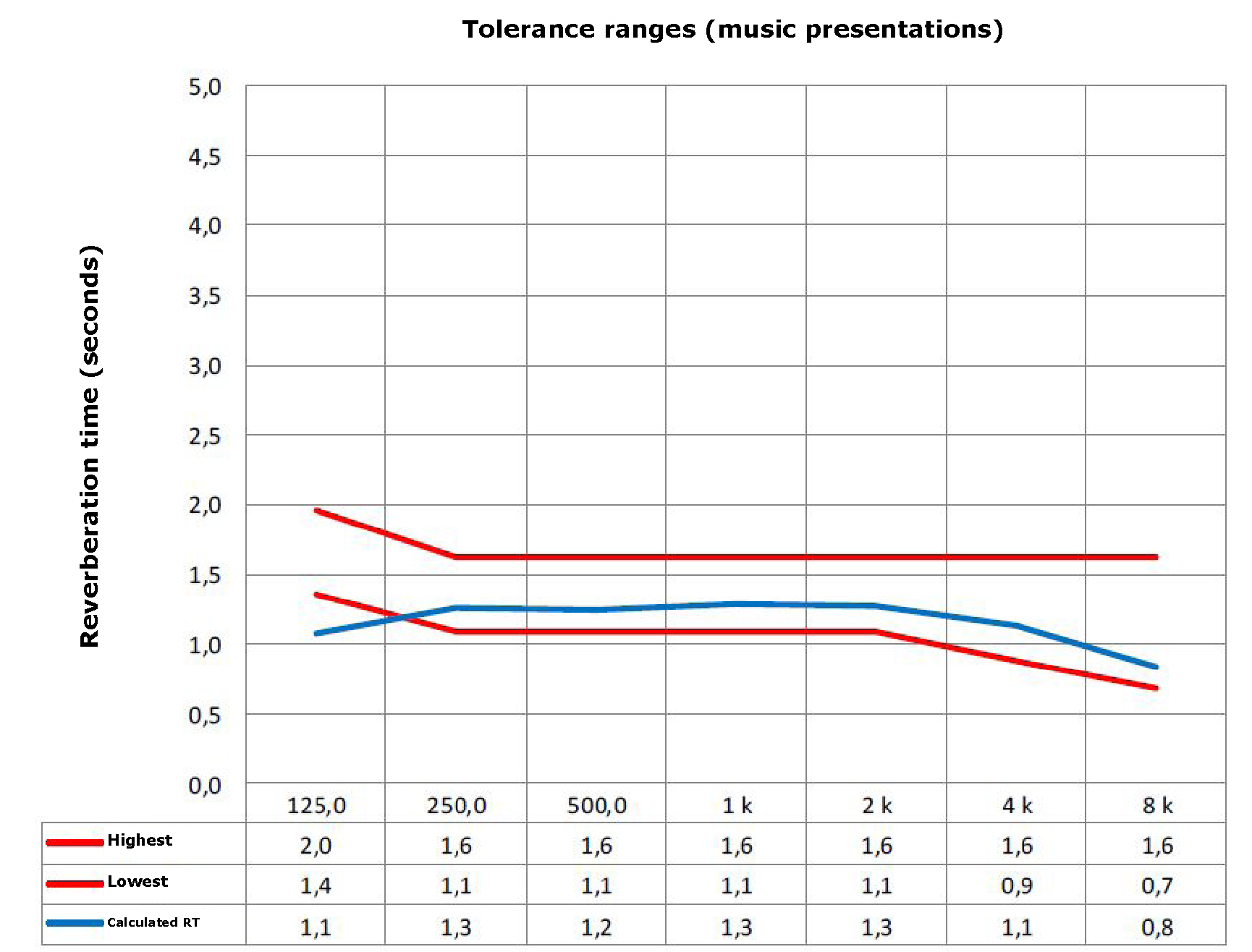
With this proposal, the reverberation time is reduced by more than 2 seconds, reaching a value of RTmid= 1.3 seconds. It should also be noted that, with the room occupied, the reverberation time will be even shorter.
Once the acoustic treatments have been carried out in the enclosure, we can see the result in the following images:
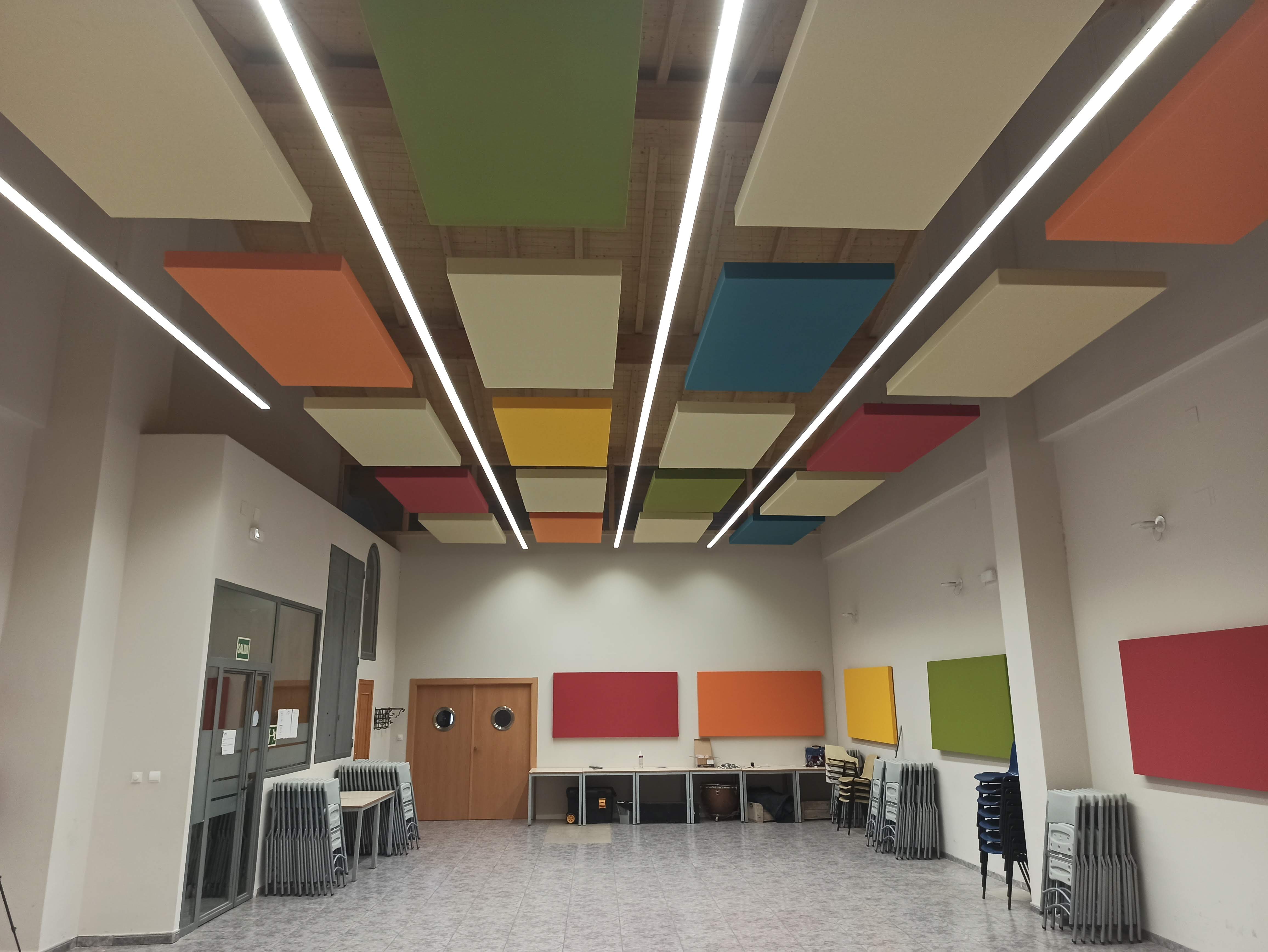
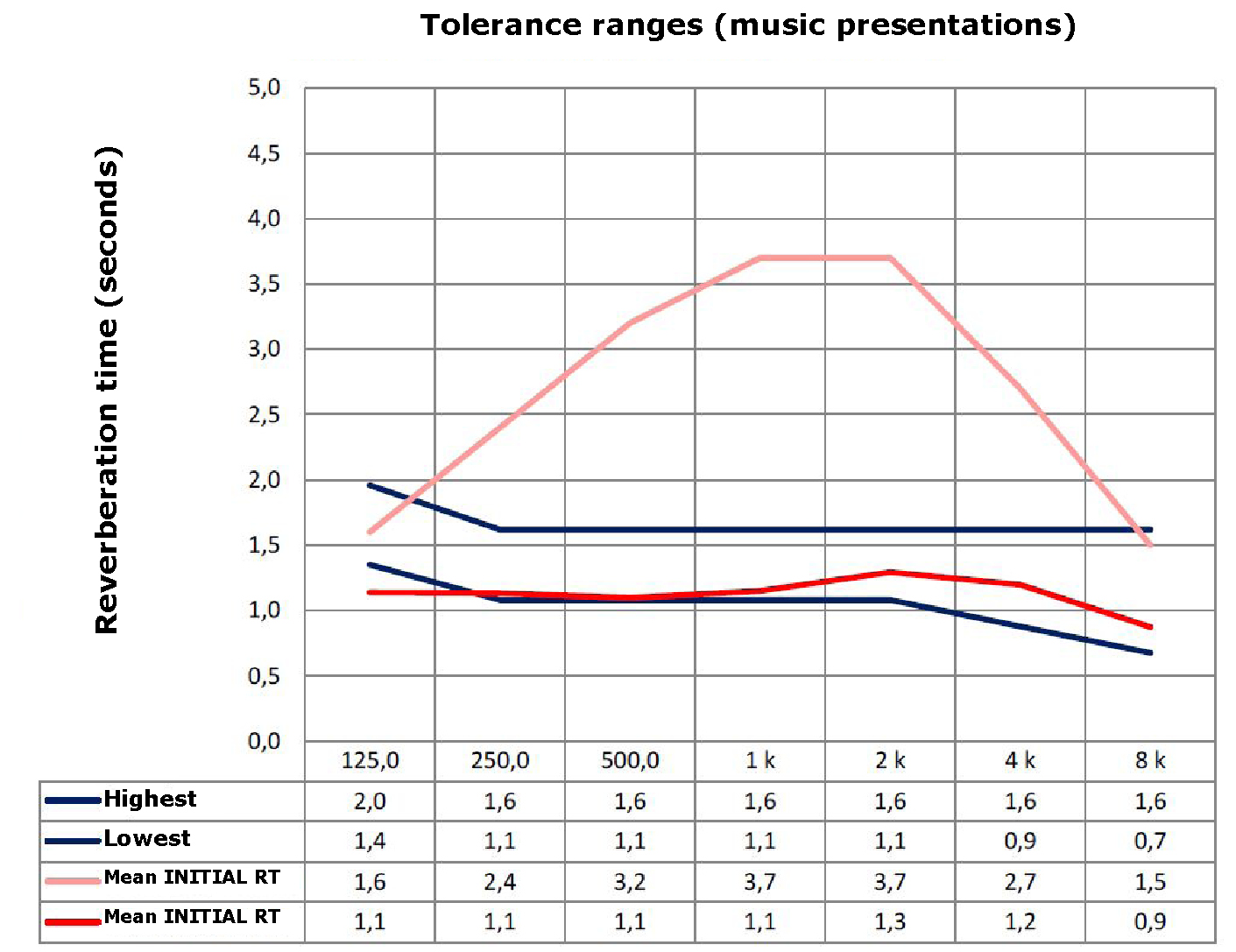
The adjustment made with the treatments, is adapted precisely to the theoretical estimates that we made from the 3D model. This shows that the capacity we currently have with the calculation tools allows us to obtain very precise approximations to reality. It also allows us to help our clients make the right decisions without previous expenses through the 3D models. The degree of absorption of the Acustiart 50 and 100 acoustic panels, allows us to adjust in a suitable way all types of enclosures, including those that require a high degree of acoustic quality as is the case of the enclosures intended for musical tests.
INSTALLATION DATA SHEET
Project: Absorbent acoustic treatment in a music rehearsal room
Ref: S01TV2000177
Sector: Audiovisual
ACOUSTIC MATERIAL USED
Absorbent acoustic panels Acustiart


